1. North Central (Illinois, Iowa, Kansas, Minnesota, Missouri, Nebraska, North Dakota, South Dakota)
The North Central region is characterized by its broad range of temperatures, experiencing cold winters and warm summers. This area is known for its fertile soil, making it a hub for various types of agriculture. Gardeners in this region often select plant varieties that can withstand frost and have a higher tolerance for cold temperatures, especially during the winter months. The growing season is moderately long, allowing for a diverse range of plant life, including both cold-season and warm-season crops.


Areas in the North Central region experience all four seasons.
The North Central region is distinct for its experience of all four seasons, each bringing its distinct charm and challenges for year-round cultivation. Winters are crisp and cold, often blanketing the landscape in snow, leading to a period of dormancy for many plants. As spring emerges, the meltwater and increasing warmth revitalize the soil, awakening dormant seeds and sprouts. The mild spring weather fosters the growth of a plethora of plant species, ushering in a burst of greenery. Summers are warm and inviting, promoting the flourishing of a variety of crops, from grains to vegetables and ornamental plants. Fall brings a cool, colorful elegance as plants prepare for the impending winter, with harvests culminating and preparations for overwintering beginning. For gardeners, this diversity in seasons mandates a strategic approach to planting. A mix of cold-hardy and warm-season crops, coupled with measures to protect plants from frost and heat, ensures a year-round bounty and a garden that’s ever-changing and always alive with activity.
2. Northeast (Connecticut, Delaware, D.C., Illinois, Indiana, Kentucky, Maine, Maryland, Massachusetts, Michigan, New Hampshire, New Jersey, New York, Ohio, Pennsylvania, Rhode Island, Vermont, Virginia, West Virginia)
The Northeast region encompasses a diverse climate due to its vast geographical spread. Winters can be quite harsh in the northern parts, necessitating plants that can withstand frost and snow, while the southern areas experience milder winters. The summers are generally warm and inviting, offering a generous growing season. The area’s abundant rainfall fosters lush, green landscapes, making it ideal for a variety of flowers, shrubs, and trees. Adaptability is a common trait for plants thriving in this zone, catering to the mixed climate conditions.
2. Northeast (Connecticut, Delaware, D.C., Illinois, Indiana, Kentucky, Maine, Maryland, Massachusetts, Michigan, New Hampshire, New Jersey, New York, Ohio, Pennsylvania, Rhode Island, Vermont, Virginia, West Virginia)
The Northeast region encompasses a diverse climate due to its vast geographical spread. Winters can be quite harsh in the northern parts, necessitating plants that can withstand frost and snow, while the southern areas experience milder winters. The summers are generally warm and inviting, offering a generous growing season. The area’s abundant rainfall fosters lush, green landscapes, making it ideal for a variety of flowers, shrubs, and trees. Adaptability is a common trait for plants thriving in this zone, catering to the mixed climate conditions.
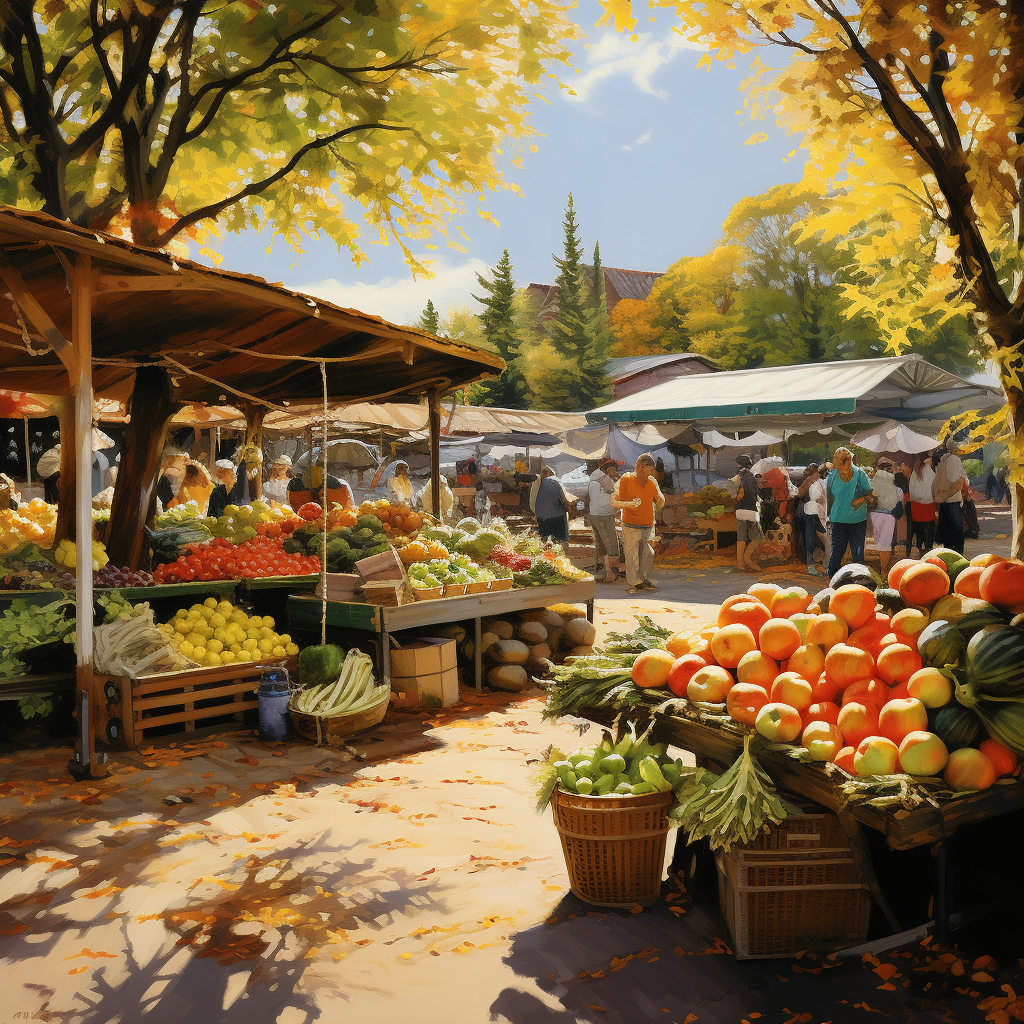
Artwork by K. Symone Designs
3. Northwest (Idaho, Montana, Northern California, Oregon, Washington, Wyoming)
A mix of maritime and continental climates characterizes the Northwest region. With generally mild winters and cool, wet summers, the area is a haven for plants that thrive in moisture-rich environments. It is renowned for its lush, green landscapes and abundant forestry. Gardeners often focus on plants that can handle a significant amount of rainfall and relatively cool temperatures, with an emphasis on native species that are adapted to the local climate.
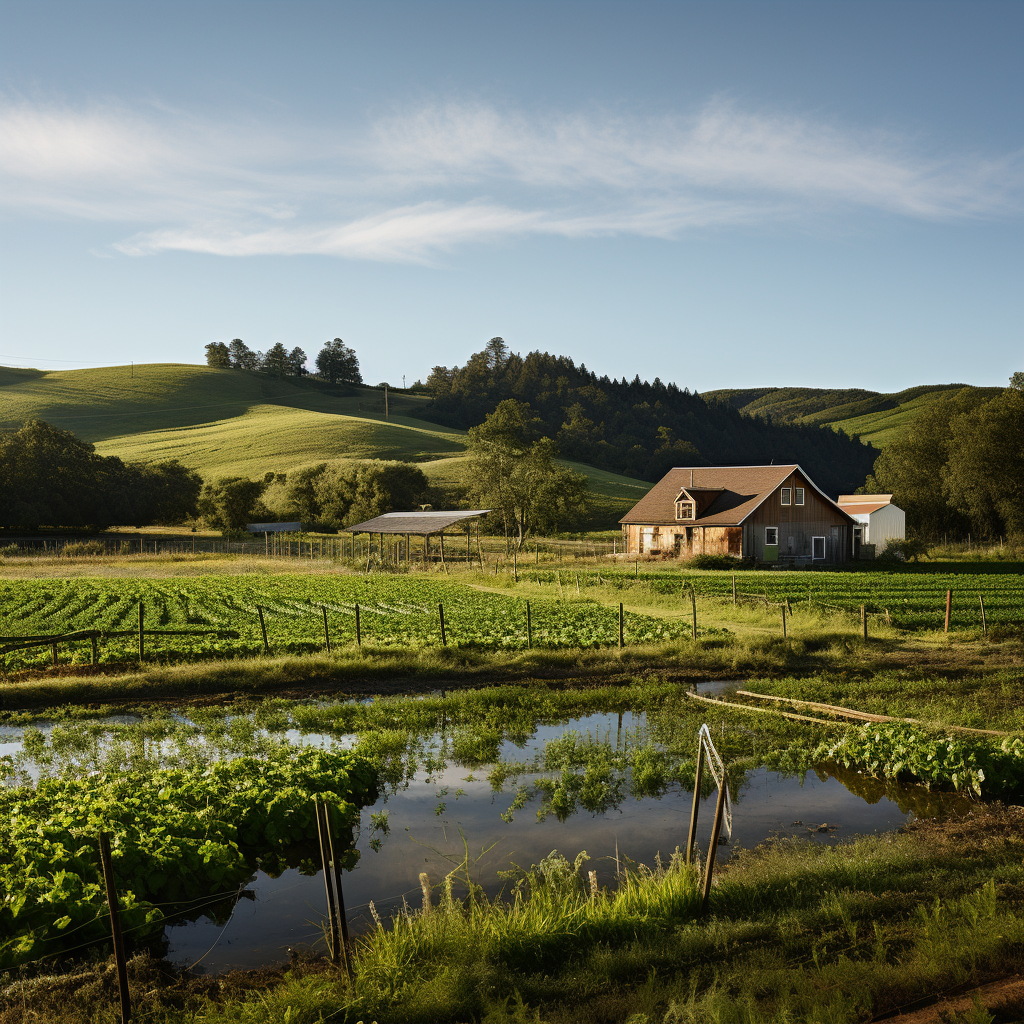
A lush farm in northern California – Rendering by Ricky Mason
4. South Central (Arkansas, Alabama, Louisiana, Mississippi, Oklahoma, Texas)
The South Central region faces hot, often humid summers and mild winters. With a longer growing season, plants that can withstand heat and potential drought conditions are common. The region is diverse, supporting a mix of tropical plants in the southernmost areas and temperate-zone plants further north. Adaptations to handle intense sunlight and heat are common traits for the thriving flora in this zone.

A lush garden with peach trees and flowery bushes
5. Southeast (Alabama, Florida, Georgia, Mississippi, North Carolina, South Carolina, Tennessee)
Known for its humid subtropical climate, the Southeast region is characterized by hot, humid summers and mild to cool winters. The area is susceptible to heavy rainfall, especially in coastal areas, making it suitable for plants that thrive in moist conditions and can withstand heat. Gardeners often opt for heat-tolerant and disease-resistant plant varieties to navigate the challenges of excessive moisture and warmth.
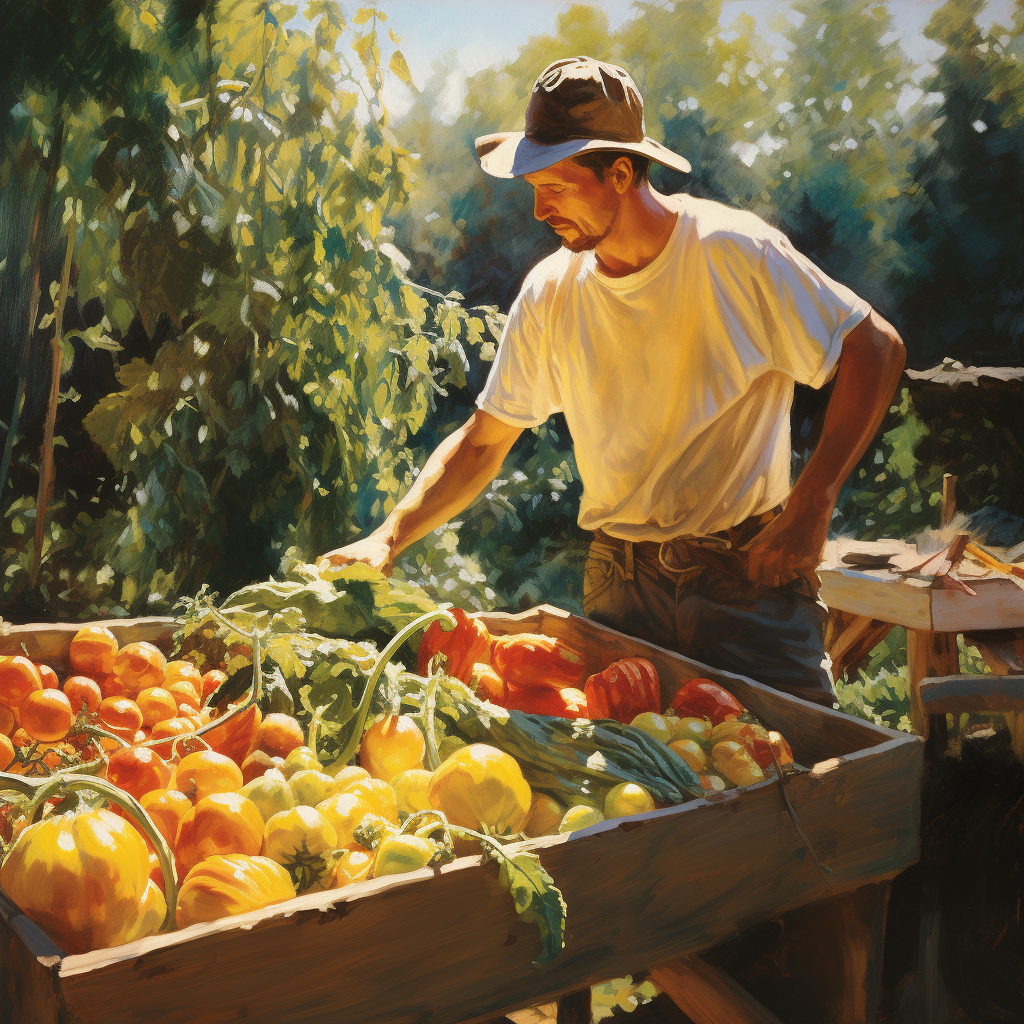
Artwork by K. Symone Designs
6. Southwest (Arizona, California, Colorado, Nevada, New Mexico, Utah)
The Southwest is predominantly arid, characterized by hot temperatures and low rainfall. Plants suited for this region are typically drought-tolerant and can withstand intense heat and sunlight. Succulents, cacti, and other xerophytic (drought-loving) plants are common, and many gardeners opt for native species that are well-adapted to the specific challenges of the Southwest’s climate, focusing on water conservation and heat tolerance.
Each of these descriptions provides an insight into the climatic conditions of the different USDA plant hardiness growing regions, helping gardeners choose appropriate plants that will thrive in their specific locations.
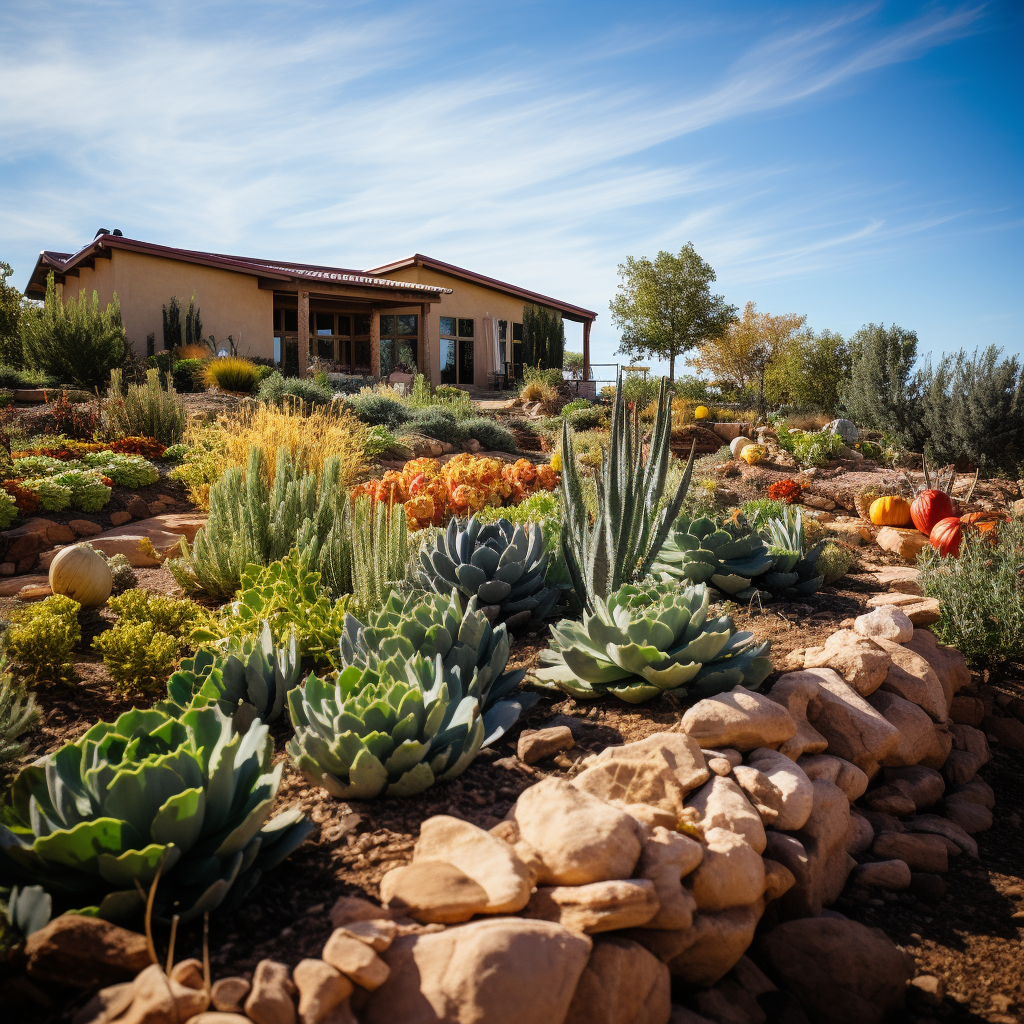

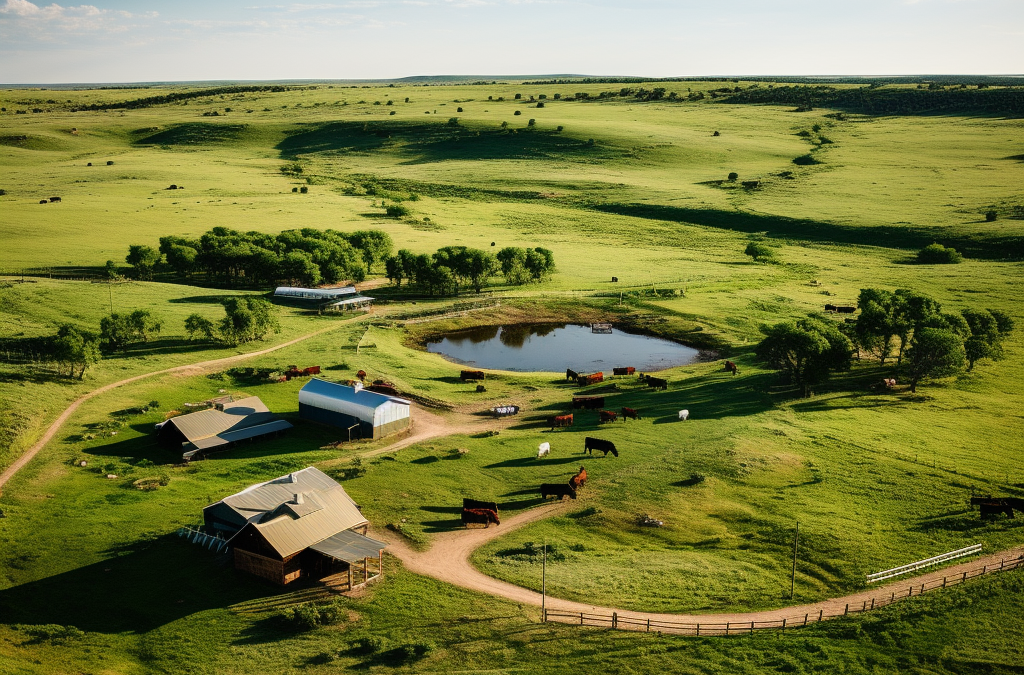


Recent Comments